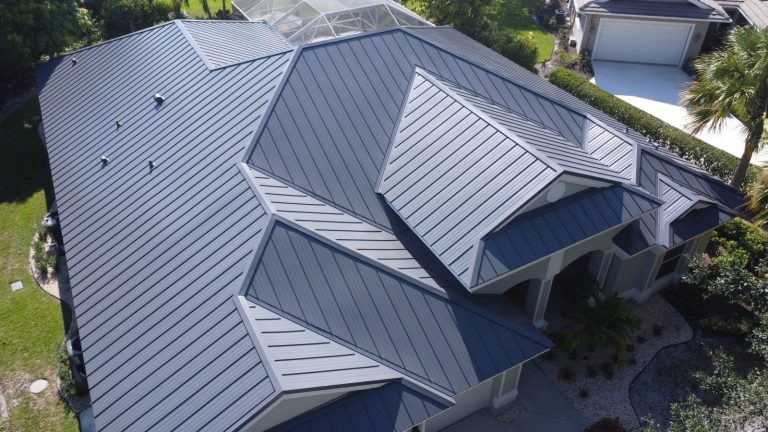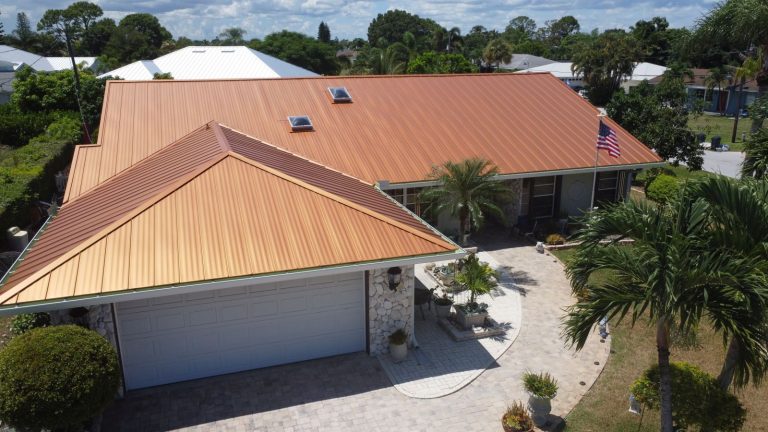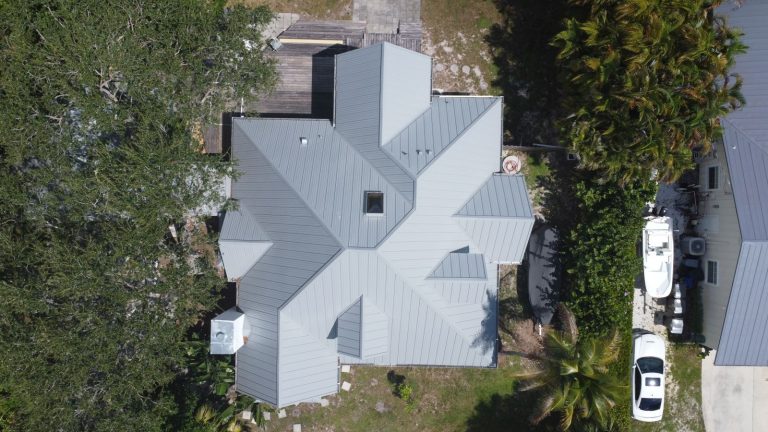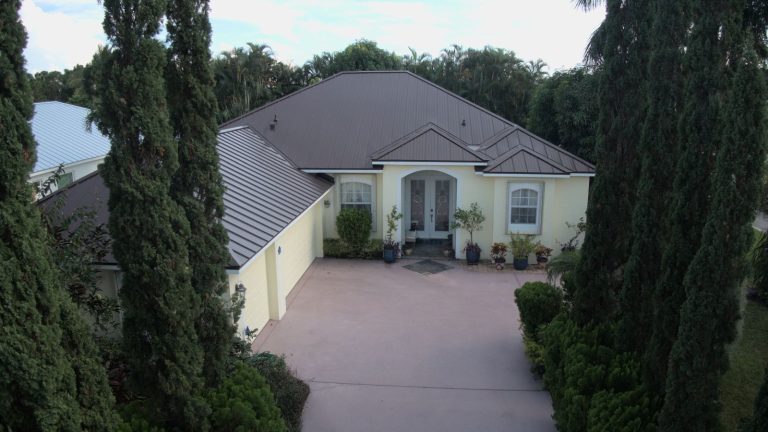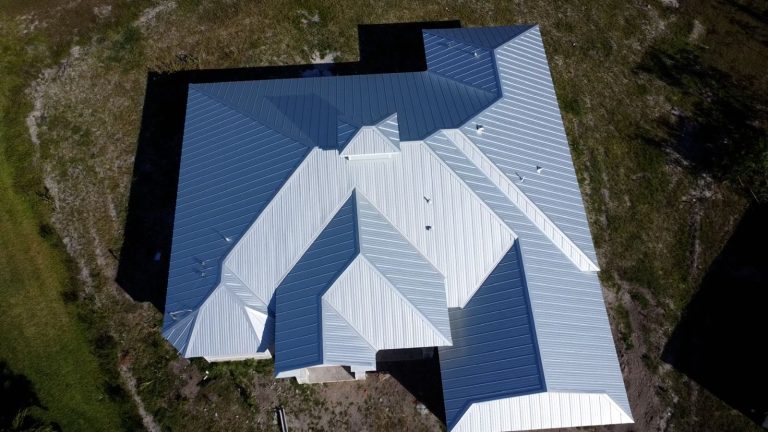How to Perform a Roof Inspection After a Storm
Experiencing a storm can be unsettling, especially when you consider the potential damage to your property. That’s why one of your priorities post-storm should be assessing the condition of your roof. Here’s a detailed guide to help you navigate post-storm roof inspections.
Ensure Safety First
Before attempting any inspection, prioritize your safety. Assess the surroundings for water pooling, electrical hazards, or gas leaks. If the roof’s structural integrity seems compromised or you identify potential safety hazards, consider reaching out to a professional. Remember, no inspection is worth risking your well-being. Professionals trained in storm damage inspections possess the necessary expertise and equipment to safely assess your roof without compromising their safety or further damaging the structure.
Visually Inspect the Roof From the Ground
Start by inspecting your roof from the ground. Look for obvious signs of damage such as missing, dented, or visually compromised sections of your roof. Metal roofs particularly are durable, but they can still suffer from dings, dents, or even perforations due to hail or debris carried by strong winds. Missing or damaged components can lead to leaks or structural weaknesses.
Assess Gutters, Downspouts, and Flashing
Gutters and downspouts can reveal significant insights into the extent of storm damage. Inspect these areas for clogs, dents, or detachment from the roof structure. Effective water diversion is crucial to a home’s integrity, and compromised gutters can lead to foundation and structural issues. Additionally, examine the roof’s flashing around roof penetrations, edges, and valleys.
Check the Chimney and Ventilation
Storms can particularly affect roof penetrations like chimneys and vents. Ensure that the flashing around chimneys and vents remains intact and securely attached. Cracked or loose flashing can allow water to penetrate underneath the metal panels or roof shingles, leading to leaks and interior damage.
Document and Report
Document all findings with photos and detailed notes. This documentation is crucial when filing claims for storm damage. Homeowner insurance policies typically cover storm-related damage, but clarity, detail, and promptness in your reporting can significantly streamline the claims process.
Consult a Professional
After assessing visible damage, contact a storm damage roofer near you. A professional inspection can uncover less obvious damage and provide a more comprehensive assessment. Roofing professionals are adept at identifying even the subtle signs of storm damage that may not be immediately apparent to homeowners.
Review Your Warranty and Insurance Policies
Contact your insurance provider to report the damage. If you have homeowner insurance that covers storm damage, initiating the claims process promptly is crucial. Additionally, verify if any aspects of your roofing system are covered under warranty, which might offer an additional avenue for addressing repairs or replacement.
Total Roofing Systems is your partner in keeping your roof effective and damage-free. Call us at (772) 872-8030 or complete our online form to schedule a consultation. We serve clients in Stuart, FL, and surrounding areas.

